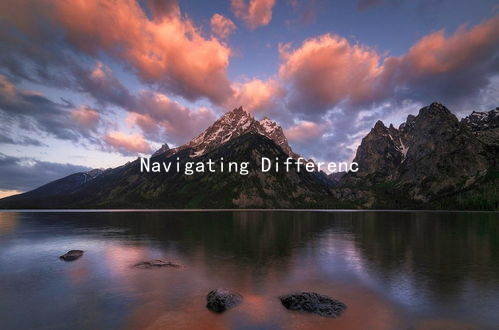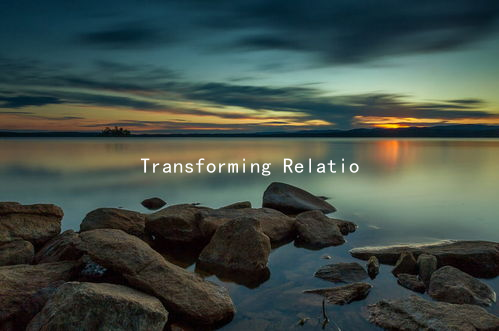Navigating Differences: Gender-Sensitive Approach to Camping Together
Navigating Differences: Gender-Sensitive Approach to Camping Together
Camping is a wonderful way to bond with your partner, offering an escape from the hustle and bustle of everyday life, as well as an opportunity to experience nature in a new light. However, navigating the various dynamics inherent in a camping trip can require some careful consideration, especially when gender differences come into play. Here are some insights and strategies to ensure that your camping experience becomes a memorable adventure that strengthens your relationship.
Understanding Perspectives
Before embarking on your camping trip, its crucial to recognize that men and women may approach the experience differently based on social conditioning and personal preferences. Men might prioritize practicality and efficiency, while women might focus more on comfort and emotional connection to the environment. Acknowledging these differences can pave the way for open communication, allowing both partners to express their expectations and concerns.
Open Communication
Discussing your camping plans thoroughly is essential. Use this opportunity to share what you each hope to gain from the experience. For instance, one partner may be eager for an adventurous hike, while the other might be looking forward to a cozy evening by the campfire. Address these differences early on and find a balance that considers both perspectives. This not only shows respect for each others desires but also sets the tone for teamwork throughout the trip.
Dividing Responsibilities
When planning the camping logistics, consider dividing responsibilities according to each partner’s strengths and interests. If one partner enjoys cooking, they could take charge of meal preparation, while the other focuses on setting up the tent or organizing the gear. Gender roles can sometimes play a part in these divisions, but it’s essential to communicate and negotiate roles to ensure both partners feel valued and involved. This collaboration fosters a sense of ownership over the camping experience and can lead to more harmonious interactions.

Compromise and Flexibility
While planning activities, its vital to remain flexible and open to compromise. If one partner is keen on a certain hiking trail that the other finds too strenuous, consider altering the itinerary to include more manageable options or alternative activities that interests both. The essence of camping together is about creating shared memories, and sometimes, that requires adapting to one another’s comfort levels.
Emotional Support
Camping can bring about unexpected challenges, from weather changes to equipment failures. During these moments, emotional support plays a crucial role. Check in with each other regularly, asking how the other is feeling about the trip. Validate each other’s feelings and provide encouragement when one partner is feeling overwhelmed or frustrated. These small gestures can significantly enhance emotional intimacy and strengthen your bond.
Creating Shared Memories
Finally, embrace the opportunity to create shared memories. Engage in activities that require teamwork, such as cooking meals together, setting up camp, or exploring the surroundings. Capture these moments through photos or journaling about your experiences. Reflecting on these shared adventures can deepen your connection long after the trip is over.
In conclusion, a camping trip is not just about the destination; it’s about the journey you take together. By employing a gender-sensitive approach, fostering open communication, sharing responsibilities, and being flexible, you can overcome potential conflicts and enhance your camping experience. Embrace the differences that each partner brings to the table, and youll find that navigating these dynamics is what can truly make your adventure special. Happy camping!





